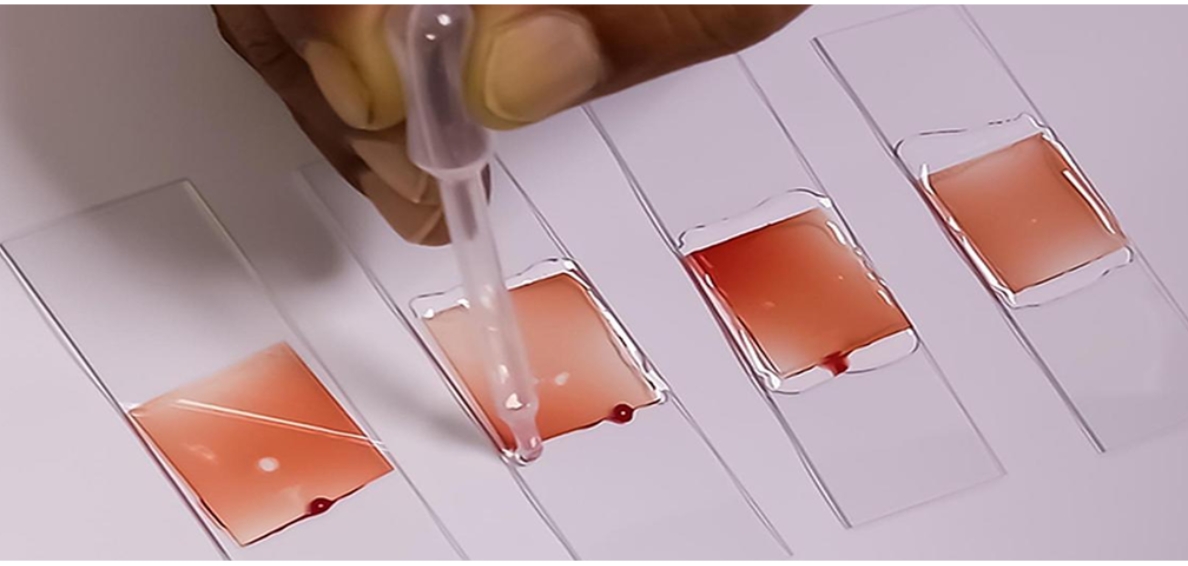- Courses
- GS Full Course 1 Year
- GS Full Course 2 Year
- GS Full Course 3 Year
- GS Full Course Till Selection
- Online Program
- GS Recorded Course
- NCERT (Recorded 500+ Hours)
- Polity Recorded Course
- Geography Recorded Course
- Economy Recorded Course
- AMAC Recorded Course
- Modern India, Post Independence & World History
- Environment Recoded Course
- Governance Recoded Course
- Science & Tech. Recoded Course
- International Relations and Internal Security Recorded Course
- Disaster Management Module Course
- Ethics Recoded Course
- Essay Recoded Course
- Current Affairs Recoded Course
- CSAT
- 5 LAYERED ARJUNA Mentorship
- Public Administration Optional
- ABOUT US
- OUR TOPPERS
- TEST SERIES
- FREE STUDY MATERIAL
- VIDEOS
- CONTACT US
AnemiaPhone to Detect Anaemia Transferred to ICMR
AnemiaPhone to Detect Anaemia Transferred to ICMR
09-01-2025

- A new and important development has occurred in the fight against iron deficiency anaemia in India.
- In November 2024, Technology called AnemiaPhone developed by researchers at Cornell University was transferred to the Indian Council of Medical Research (ICMR).
- This technology provides an accessible, affordable, and efficient way to diagnose iron deficiency, which is the primary cause of anaemia.
- This technology will be used to improve the screening and diagnosis of anaemia, especially among women and children in India,
- The transfer of this technology has the potential to revolutionize the diagnosis and management of anaemia in India.
Key Points:
1. What is AnemiaPhone?
- AnemiaPhone is a portable and affordable tool designed to detect iron deficiency, the main cause of anaemia.
- It works using a test strip that requires just a small drop of blood from a fingerstick. The blood is placed on the strip, which is then read by a portable, Wi-Fi or Bluetooth-enabled reader.
- The results are then sent to a clinical database using a mobile phone, tablet, or computer.
- Healthcare workers can quickly interpret the results and provide immediate care or advice.
2. Why is Anaemia a Problem in India?
- Iron deficiency is the leading cause of anaemia, a condition that affects 50% to 70% of pregnant women in India.
- Anaemia can cause serious health issues, such as fatigue, shortness of breath, dizziness, and in severe cases, it can lead to organ failure, complications during childbirth, and death.
- According to India’s National Family Health Survey (NFHS), around 59% of women and 47% of children between 6-59 months in India suffer from anaemia.
- Anaemia contributes to higher maternal and child mortality rates in the country, affecting the overall health of the population.
3. How Does AnemiaPhone Work?
- AnemiaPhone requires a small blood sample taken from a fingerstick.
- The blood is placed on a test strip, which is then read by a small, portable device that connects to the internet through Wi-Fi or Bluetooth.
- Within minutes, the results are uploaded to a clinical database via a mobile phone, tablet, or computer.
- Healthcare workers can immediately see the results and act accordingly, either by providing guidance, referring the person for further treatment, or offering an intervention on the spot.
4. ICMR’s Role and How It Fits Into National Programs:
- The Indian Council of Medical Research (ICMR) is India’s main health research body and will be using AnemiaPhone as part of its national programs.
- AnemiaPhone will be used in the government’s Anaemia Mukt Bharat (Anaemia-Free India) program, which aims to eliminate anaemia in India by 2025.
- The program focuses on screening, diagnosing, and treating anaemia in women and children, particularly those in remote and underserved areas.
5. Transfer to India:
- On November 7, 2024, Cornell University officially transferred the technology to ICMR for free, meaning it will be used at no cost in India.
- This collaboration is part of a global effort to improve health outcomes by sharing innovative health technologies between countries.
6. Advantages of AnemiaPhone:
- Affordable: It is a low-cost alternative to traditional, expensive lab tests.
- Portable: The device is small and easy to carry, which makes it suitable for use in remote areas.
- Quick Results: The results are available within a few minutes, allowing healthcare workers to take immediate action.
- Wireless: The results can be directly uploaded to a database, meaning there is no need for manual data entry.
- Easy to Use: The device is simple to operate, and healthcare workers don’t need extensive training.
- No Need for Expensive Labs: It can be used in primary health centers or even in door-to-door health surveys.
7. Impact on India’s Healthcare System:
- India faces many healthcare challenges, especially in rural and remote areas where access to health services is limited. The Anaemia Mukt Bharat initiative is working to solve this problem.
- AnemiaPhone will allow quick diagnosis in these areas, reducing the need for people to travel long distances to access medical care.
- The ICMR and local healthcare providers can use this tool to ensure that anaemia is diagnosed and treated as early as possible, improving health outcomes.
8. Technology Development and Testing:
- AnemiaPhone was developed by Saurabh Mehta, David Erickson, and Julia Finkelstein at Cornell University.
- The technology has been tested in India and has been proven to be accurate in diagnosing iron deficiency.
- The test strips used are designed for one-time use, ensuring accuracy and reducing the risk of contamination.
9. Health Context in India:
- According to the World Health Organization (WHO), anaemia affects more than 2 billion people worldwide, with pregnant women and young children being the most affected groups.
- In India, the prevalence of anaemia among pregnant women is one of the highest in the world. Iron deficiency anaemia is a leading cause of maternal deaths.
- AnemiaPhone is seen as a vital solution to help diagnose and treat iron deficiency quickly, especially in places with limited medical resources.
Conclusion:
The transfer of AnemiaPhone to ICMR is a major step forward in improving the diagnosis and treatment of iron deficiency anaemia in India. With its low cost, quick results, and ease of use, this technology has the potential to make a significant impact, particularly in rural areas and remote regions where healthcare access is limited. The integration of AnemiaPhone into India’s Anaemia Mukt Bharat initiative will help provide better healthcare services to women and children, and ultimately, improve public health outcomes across the country. This initiative also shows the importance of global collaboration and innovative solutions in addressing serious health challenges.
PLFS 2025: Monthly Jobs Data, Bigger Survey
PLFS 2025: Monthly Jobs Data, Bigger Survey

